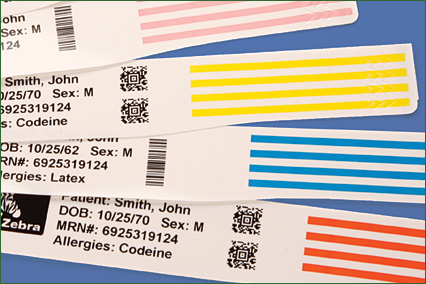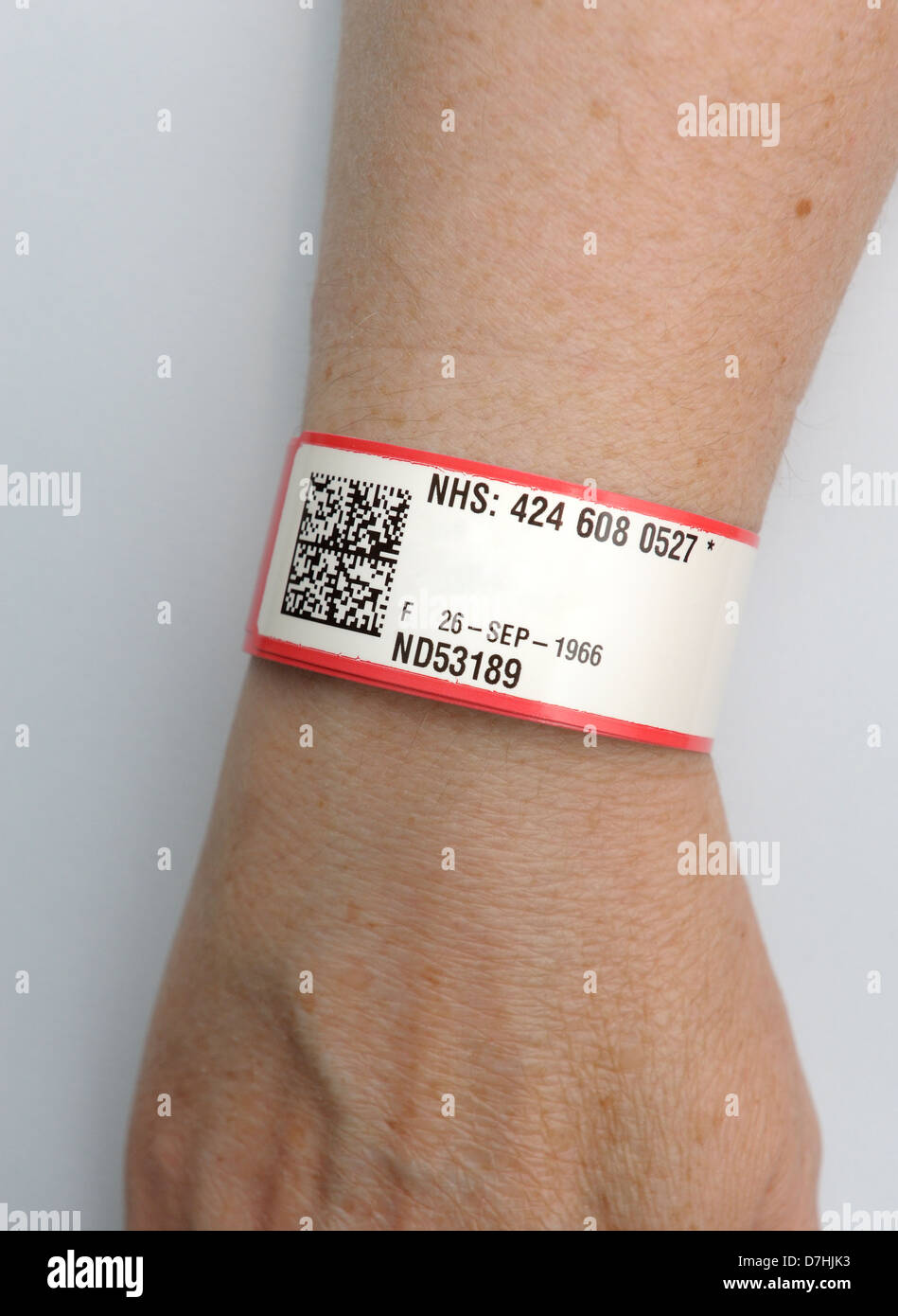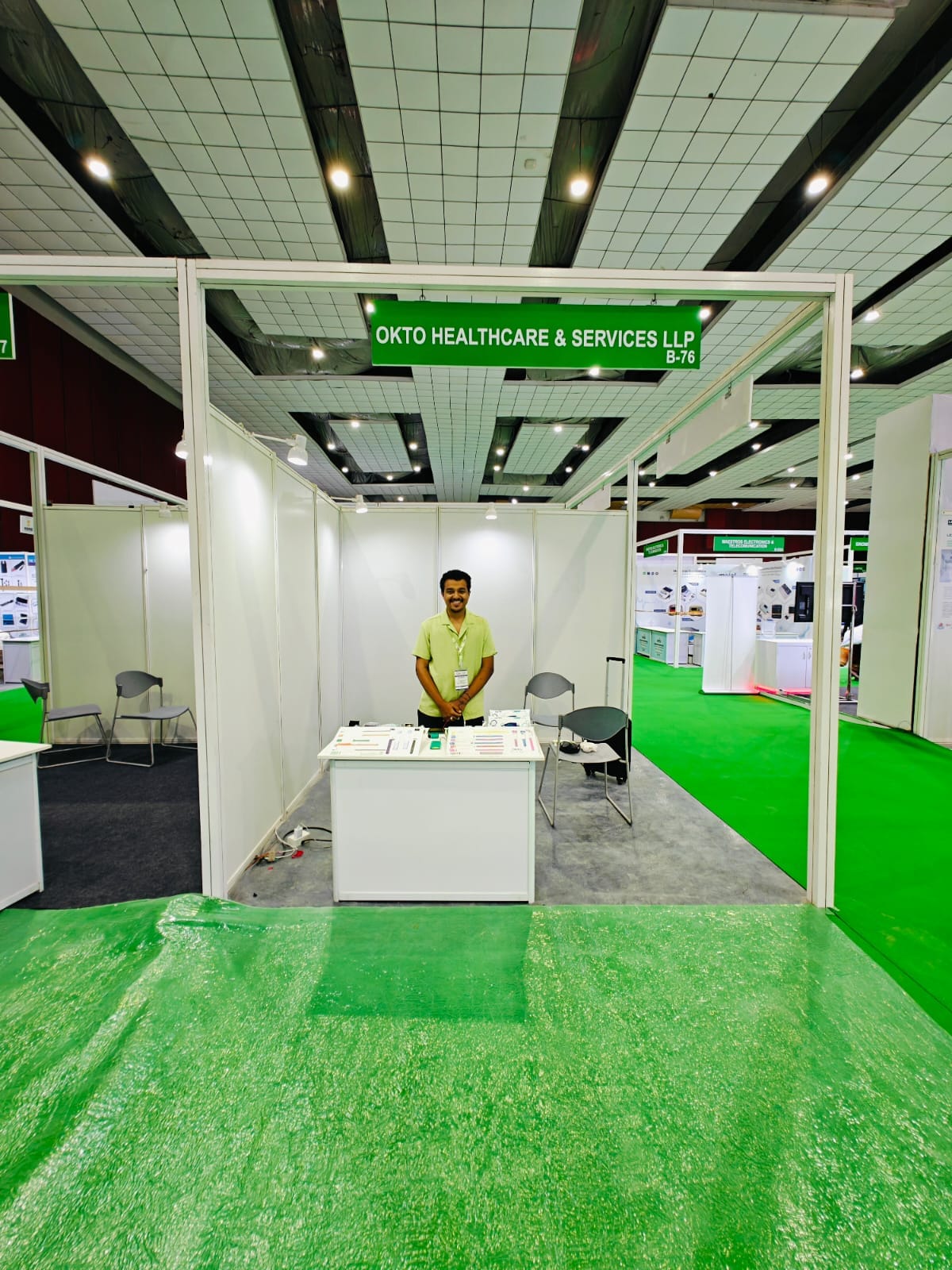Improving Patient Treatment With Effective Recognition Bands
The execution of reliable recognition bands is a pivotal aspect in improving individual treatment within medical care setups. As the landscape of individual recognition evolves, one need to take into consideration the effects of these systems on total medical care delivery and individual outcomes.
Significance of Patient Recognition
Making sure exact individual recognition is important in medical care settings, as it straight impacts the safety and quality of care provided. Misidentification can cause severe errors, consisting of carrying out the incorrect medication, executing wrong treatments, or miscommunicating essential individual information. Such mistakes not only jeopardize patient safety but can likewise lead to legal ramifications and decreased depend on in medical care systems.
Effective person recognition is fundamental to establishing a secure setting where people receive proper and customized care. It facilitates the accurate documentation of clinical backgrounds, allergies, and therapy plans, making certain that doctor have access to necessary information in all times. In addition, robust recognition procedures aid improve interaction amongst medical team, enhancing partnership and reducing the threat of mistakes.

Kinds Of Identification Bands
Identification bands play a critical function in keeping precise patient documents and improving safety and security within healthcare settings. Different kinds of recognition bands are made use of to accommodate the specific demands and demands of different patient populations.

One more type is the ankle joint band, which is specifically helpful for infants and infants, ensuring that identification stays intact also throughout treatment treatments. Specialized bands, such as those for allergic reaction notifies or drop danger indicators, supply added layers of safety by attracting prompt interest to crucial person problems.
Recently, electronic identification bands have actually acquired popularity, integrating barcodes or RFID modern technology that can be scanned to rapidly recover patient information. These bands simplify process and minimize the danger of human mistake throughout patient identification procedures.
Advantages of Reliable Recognition
Reliable recognition of patients via the usage of identification bands contributes considerably to general individual safety and care quality. By ensuring that each person is precisely determined, medical care service providers can properly match medical treatments and treatments to the proper person, decreasing the risk of mistakes. This is especially important in atmospheres with high client turnover, where the possibility for misidentification is greater.
Furthermore, efficient identification bands improve communication amongst medical care teams. Accurate and clear client recognition promotes partnership and makes sure that all staff member recognize an individual's particular demands and medical background. This communication is vital for providing collaborated care, especially in emergency situations where time is vital.

Ultimately, reliable recognition with making use of recognition bands not just safeguards people however likewise promotes a culture of safety within medical care centers (Patient Identification Band). By prioritizing precise identification, healthcare companies can enhance results and improve the total individual experience
Carrying Out Identification Solutions
While the value of patient identification is well identified, the application of durable recognition systems poses a complicated check over here challenge for healthcare organizations. Developing reliable recognition systems requires a thorough approach, encompassing innovation, personnel training, and procedure assimilation.
First, companies must pick suitable identification modern technologies, such as barcode scanning, RFID, or biometric systems. Patient Identification Band. These modern technologies need to be assessed based upon cost, use, and compatibility with existing infrastructure. A pilot program can help determine potential concerns prior to major implementation
Following, detailed training for team is important. All workers have to understand the value of precise patient recognition and excel in the usage of the chosen modern technologies. Normal training updates and analyses can reinforce finest techniques and make sure ongoing conformity.
Additionally, health care companies need to establish standard procedures for individual recognition throughout all divisions, boosting and minimizing disparities interaction. Routine audits can aid identify gaps in adherence to these methods.

Inevitably, an effective application of recognition systems not only improves client safety and security but additionally cultivates a society of accountability and persistance within medical care settings, guaranteeing constant and reputable individual care.
Future Trends in Client Recognition
Advancements in technology are set to transform individual identification techniques in health care setups. The combination of biometric recognition approaches, such as fingerprinting and face recognition, is expected to enhance precision and security. These modern technologies can substantially lower the threat of misidentification, guaranteeing that clients receive the correct therapies and medicines.
In addition, the execution of blockchain innovation for individual records is gaining traction. This decentralized strategy can offer a tamper-proof and protected method for managing person identities, therefore streamlining accessibility to critical info throughout different health care suppliers.
Another pattern is the raising use mobile health applications that utilize QR codes for patient identification. These applications enable for real-time updates and very easy accessibility to patient data, equipping medical care experts to make enlightened choices quickly.
In addition, expert system (AI) is poised to play an essential duty in assessing patient identification information, recognizing patterns, and predicting potential identification mistakes prior to they occur.
As these modern technologies advance, they guarantee not only to improve client safety however additionally to boost the overall efficiency of health care distribution systems. Accepting these technologies will be essential for future-proofing individual treatment methods.
Final Thought
Finally, effective identification bands are vital for enhancing individual security and care top quality within healthcare settings. By reducing the dangers associated with misidentification, these bands help with timely and accurate info retrieval, ultimately boosting interaction amongst doctor. The implementation of robust recognition systems not just fosters a society of safety however likewise positions health care establishments to adjust to view it now future fads in person identification innovation, guaranteeing optimal end results for people in diverse professional atmospheres.
As the landscape of person recognition develops, one have to take into consideration the implications of these systems on total healthcare distribution and patient results.Reliable patient identification is basic to establishing a secure atmosphere where patients get suitable and personalized treatment. Inevitably, prioritizing reliable client identification approaches not over at this website only cultivates a culture of safety and security yet additionally adds to enhanced client outcomes and overall satisfaction with healthcare solutions.
Efficient recognition of clients via the use of recognition bands contributes dramatically to overall individual safety and care high quality. The execution of robust recognition systems not only cultivates a culture of safety but additionally positions healthcare organizations to adapt to future patterns in individual recognition modern technology, guaranteeing ideal end results for people in varied medical atmospheres.